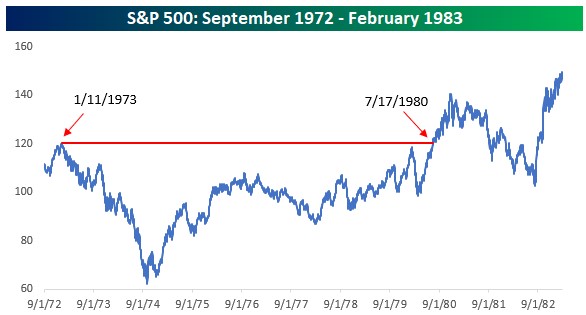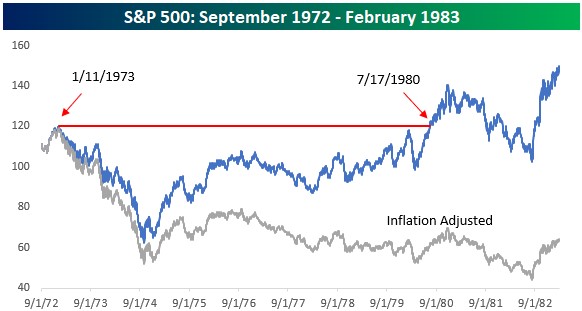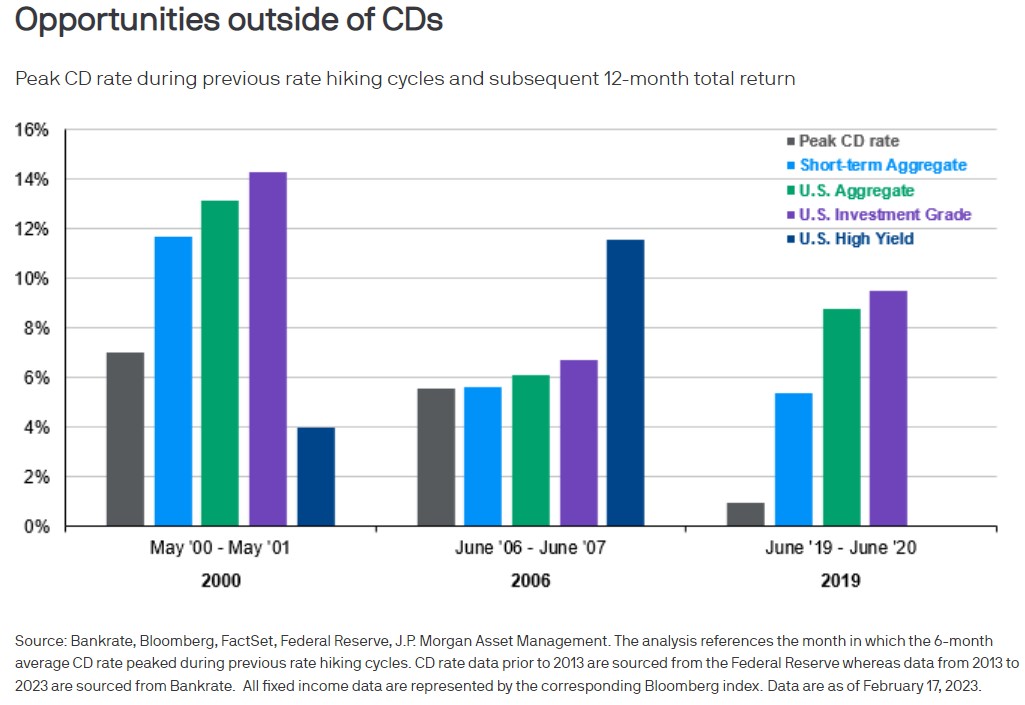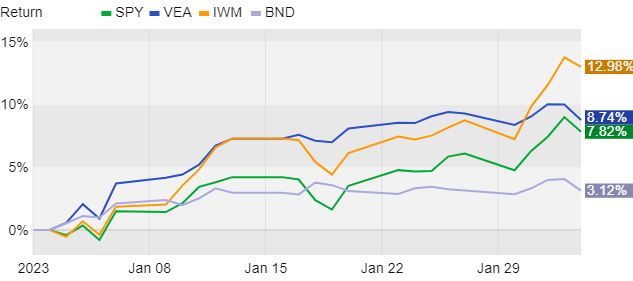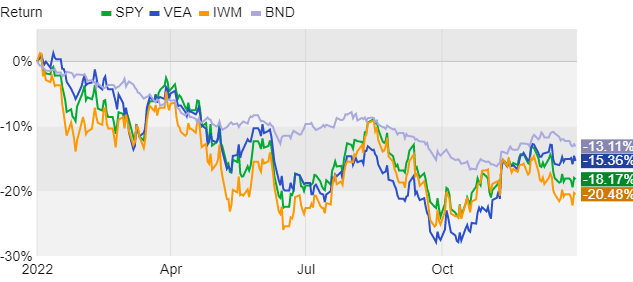By now you’ve probably heard about the failure/seizure of Silicon Valley Bank. The surprise announcement came last Friday and coincided with two other bank failures closely tied to the tech sector. This, of course, roiled markets late last week and led to a frantic weekend for policymakers and regulators deciding how to calm things down. News has been evolving rapidly but, as of this writing, the government is again backstopping deposits that go beyond its insurance limit.
Lots has been written about this in recent days and I don’t want to simply repeat it here. Instead, let’s consider what this latest fiasco teaches us about a fundamental aspect of personal finance: how to think about liquidity and structuring your cash.
Personal liquidity, or the ease at which you can access your cash, is critically important to your financial health. Covering regular bills and emergency expenses is obvious, but less so are the psychological benefits of having ample cash.
But how much cash is enough? How do you keep it safe? Should you put your cash to work so it’s not just sitting there feeling like it’s doing nothing?
Questions like these are a constant issue for everyone, including corporations. SVB and the other two failed banks had to address these questions, chose the riskier paths, and are now paying the price. SVB grew quickly in recent years and invested excess deposits in longer-term bonds when rates were low. They didn’t diversify very well and got caught by rising rates and falling bond prices like everyone else last year. Then good ‘ol Mr. Murphy showed up with a cash emergency (an old-fashioned bank run fueled by technology) and the losses in SVB’s bond portfolio were deep enough that the bank couldn’t meet the rush of withdrawal requests coming in from depositors.
Definitely a cautionary tale on taking risk with the wrong money… but thinking about structuring cash I’ve found that a three-tier system works best. You could call these tiers, buckets, levels, or whatever you want. The point is having clear differentiation while focusing on safety.
Tier 1 – Immediate needs and a slush fund
This should be your ready cash at the bank or credit union. A few months’ worth of regular spending is usually fine. This money needs to be truly liquid, and interest earned on this balance is secondary to immediate availability. But is it safe?
As you’re likely aware, the federal government insures deposits up to $250,000 per person, per institution. So a couple owning a checking account together at a typical bank would have up to $500,000 of their deposits covered against risks like a bank failure. FDIC covers banks and credit unions have the NCUA. The details of stacking insurance coverage higher than that get complicated and are beyond the scope of this post. Google the relevant organization and each has an insurance calculator on it’s website.
Evolving news about the government backstopping all deposits at SVB notwithstanding, federal deposit insurance literally only gets you so far. Should your balances move north of the limits at one bank you’ll need to find a second one. This leads us to our next tier in your cash management structure.
Tier 2 – Your primary short-term holding tank – this money should earn more than what your bank pays on deposits.
While you can have multiple banking relationships to maximize federal insurance, I think a better option is to move excess cash to a brokerage account.
What’s excess? Some folks simply prefer to have lots of cash at the bank, but you should have a specific amount in mind so you’ll know how much you can get more creative with (again, clear differentiation). This tier is your excess emergency fund plus money earmarked for near-term (the next year or so) larger expenses like buying a car, the downpayment for a house, and so forth. The job for Tier 2 is all about maximizing yield while staying safe, so creativity shouldn’t equal market risk.
Options for this money are:
Money market funds – You buy these in your brokerage account without a transaction fee and are considered cash equivalents. The funds are usually priced at $1 price per share and fund managers typically buy CDs, bonds, and so forth, maturing in something like 30 days or less. The catch is that you usually need to wait a business day or two before accessing your cash.
CDs – Certificates of deposit are federally insured bank deposits that pay a set rate for a set time and usually don’t allow for penalty-free early withdrawals. You can stagger, or ladder, the maturity dates to meet your specific needs. Obviously this complicates your liquidity and is why you should always keep some money truly liquid.
US Treasury securities – These are short term government bonds that, similar to CDs, have defined rates of return and specific maturity dates.
I’m a firm believer in not going beyond these three options for short-term money. You can mix and match them depending on rates at the time and personal preference, all within one brokerage account. Just no trust deeds, crypto, or even medium-term bonds. SVB apparently put shorter-term money into longer-term bonds in a reach for yield. Maybe it was a calculated risk, but it sure came back to bite them. We don’t want to get into trouble with this money so keep it simple.
Tier 3 –
Once you have Tiers 1 and 2 dialed, your humble financial planner suggests that you probably have enough short-term money. Beyond that, in Tier 3, you can get into medium-term money. Maybe it’s for a big expense a few years away. Or maybe you just like some extra insulation from a risky world. Whatever your reason, options here are broader and include:
Longer-term CDs. This should be self-explanatory.
High-quality bond funds and individual bonds of medium-term. The main bond benchmark has a duration of around six years, so stick to no more than that. Money in bond funds is gettable in a day or two but comes with market risk. Bonds like these lost around 10% in value last year, which was far from typical, but still paid regular interest. This money needs to sit awhile and that makes it inappropriate for short-term spending needs. It should earn more than Tiers 1 and 2, however, while taking less risk than longer-term investments like stocks.
There are lots of other investments out there vying for your money, but I’ve specifically left them out. Remember, we’re talking about short- and medium-term cash management. We want ease of use, high quality and liquidity, not long-term appreciation. That’s the realm of your growth-oriented investments likely held in your retirement accounts. Again, focus on locating your money and risk in the appropriate places and your financial life will be a lot healthier. Doing so should also allow you to brush off news of bank seizures and venture capitalists crying for a bailout.
Have questions? Ask us. We can help.
- Created on .
